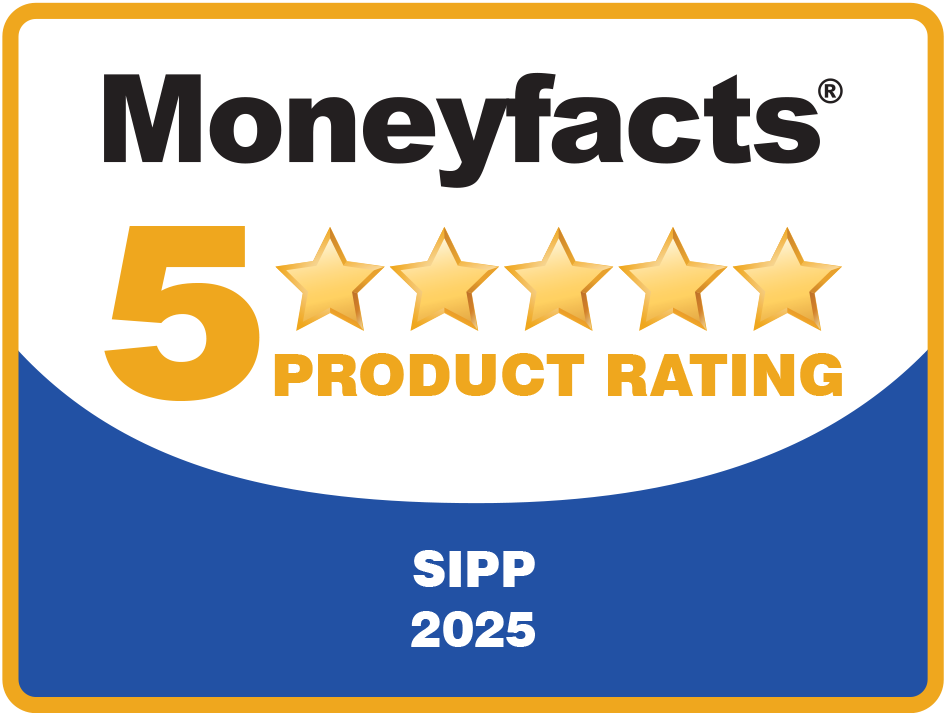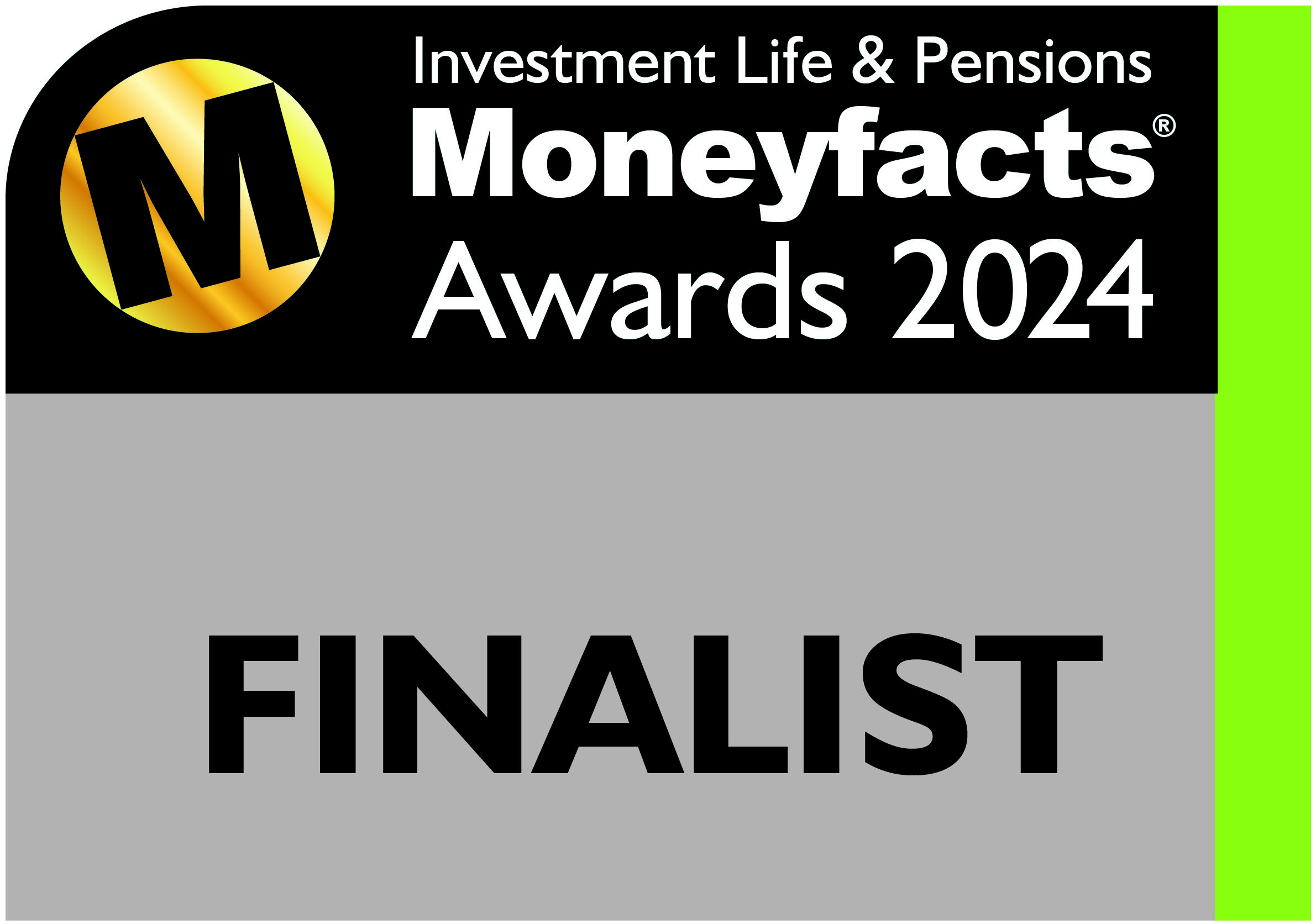How ‘group part purchase’ in a SIPP could help your business owner clients
Over the years we have seen lots of practical ways in which SIPPs and commercial property purchases are able to help clients and their businesses. So, to help you understand how we can add value to your clients, here’s a scenario where the SIPP bought part of a property from a client’s business.
Before we start, it important to note that a SIPP (or SIPPs) do not have to acquire an entire building. It is possible to purchase part of a property using a SIPP. While there are no restrictions for this within HMRC guidelines, other than the usual considerations for property purchase, IPM will only consider part purchase of properties where:
- The third party with whom we own the property is connected to the client i.e. the client personally, their business, co-directors, spouse etc. This is to ensure the ongoing smooth administration of the SIPP’s share of the property going forward
- The property is not VAT registered. IPM is happy to purchase VAT registered properties in their entirety, whether this is via one SIPP or several. However, where a part purchase of a VAT registered property is concerned, IPM is unable to limit our liability with the VAT office to the SIPP’s share of the building. This potentially leaves the SIPP, and IPM, exposed to an open-ended liability should the third party we own the property with not pay their share of the VAT or any fines which may become due.
The scenario
Three company directors of a manufacturing firm owned their business premises within their company. This comprised of the offices, factory, warehouse and distribution yard which were all held on the same title.
The business was suffering from a short-term cash flow issue. While international orders were due to commence within the next 12 months, in the short term the company needed cash to continue to meet demands and pay staff.
The directors had already made loans to the company and the bank had lent the business money in the past. They were considering selling the property to a third party or allowing an outside investor to come into the company. Neither of these options was enticing as the directors felt this would lead to a loss of control over their business.
They discussed these concerns with their financial adviser during their review meeting.
The solution
The adviser suggested the clients looked at their pension savings as a potential solution.
From previous employments, and contributions made by the company when the business was more profitable, the clients between them had almost £500,000 in various pension arrangements. A recent valuation of the company premises came out at £900,000.
The adviser established a SIPP with IPM for each director and consolidated the various pension arrangements into these. Sat above these three SIPPs, IPM created a group arrangement for these clients. We then moved £100,000 from each SIPP into the new group arrangement.
The group arrangement now had £300,000 sitting in it, with each director’s SIPP a 33.33% beneficiary of the group, based on the monies put into it.
The group arrangement then purchased one-third of the company’s premises from the business. As the premises were valued at £900,000 the £300,000 in the group arrangement was enough to acquire a one-third share, with the company continuing to own the remaining two-thirds.
The outcome
- Straight away the business had a cash injection of £300,000 (less costs) from the group arrangement in exchange for one-third of the company premises. This allowed the business to continue trading without having to consider losing any staff ahead of the larger orders commencing the subsequent year.
- As well as the above, the most important factor for the directors was that they retained control of their business. This had been achieved by selling the one-third share of the company premises to the directors’ SIPPs. Although IPM as Trustee now owns the one-third share via the group arrangement, we will not do anything with the SIPP’s share of the company premises without the clients’ instruction so long as the property continues to be held in line with HMRC guidelines.
- Any property acquired by a SIPP must generate a yield. As such, the company must pay proportionate rent to the SIPPs for use of the property. The market value rent of the company premises was £60,000 per annum. As the SIPPs own one-third of the property, £20,000 rent must be paid by the company to the SIPPs. Rent is usually a Corporation Tax-deductible business expenses which can then be paid into the directors’ SIPPs, Income Tax-free. So, as well as helping the business, the rental income is helping to build up the directors’ pension funds.
It should be remembered that the primary use of a pension is to provide clients with benefits in retirement.
However, we are increasingly seeing SIPPs being used in similar ways to the example above, where not only is the SIPP helping to provide a solution to a client’s business but also it is a more engaging way for clients to consider pension funding.
[Note: A SSAS could have been considered in this instance too; see our recent SIPP vs SSAS blog.]
Get in touch
If you have any clients who would benefit from this type of arrangement, or for whom SIPP or SSAS advice would be beneficial, please get in touch. Email info@ipm-pensions.co.uk or call 01438 747 151.



